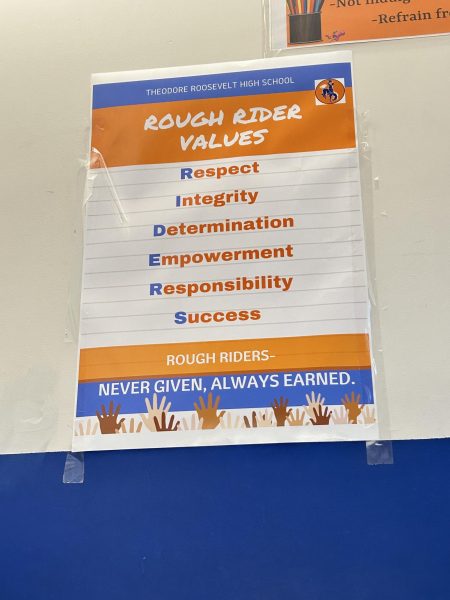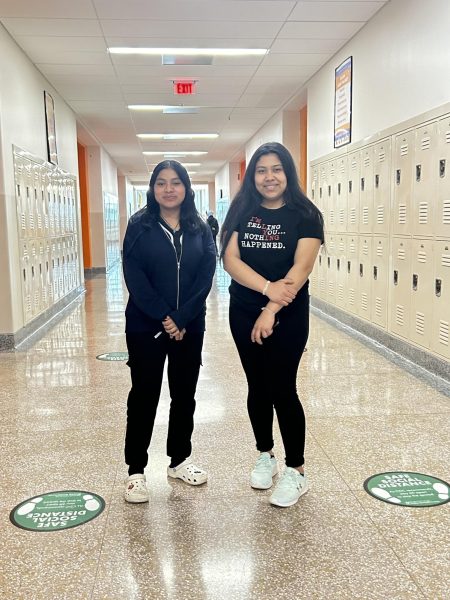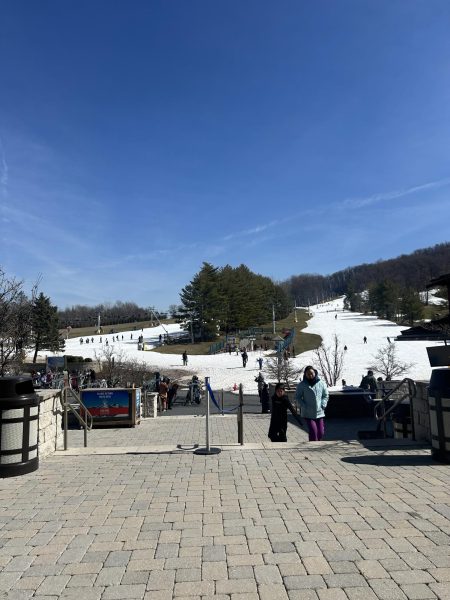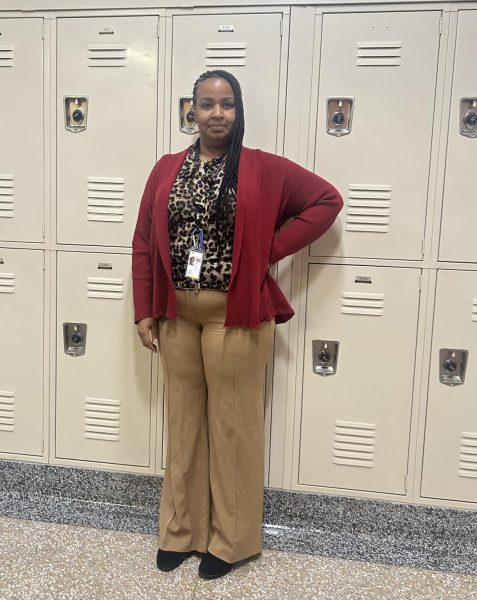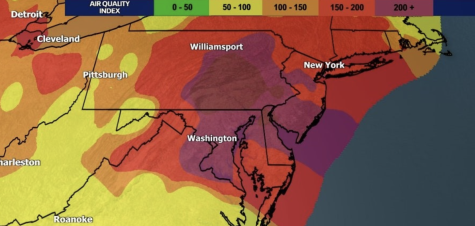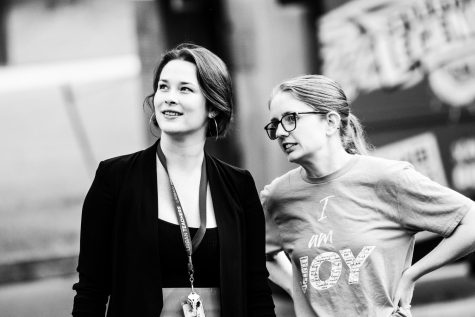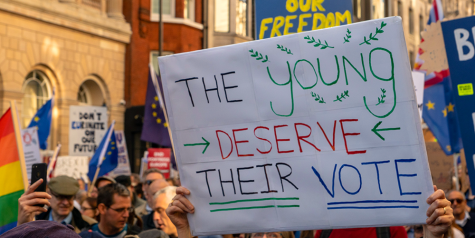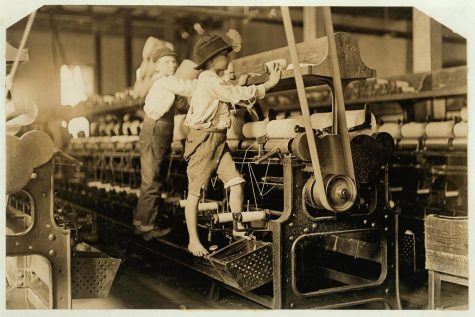“Boom, fight culture.” Students and staff discuss safety at Roosevelt
March 20, 2023
Even though there have been less fights than last year, students and staff still have worries about their safety. Phones and the social media aspect are making it worse.
Dean Kendall McNair describes the videos and posting of fights as toxic, as it has a broader effect on not only the students within the school, but outside the school as well.
Recording fights can fuel anger or resentment among students, causing more fights. Social media amplifies altercation and fights.
“You’re going to Airdrop it and everybody’s going to get it. Everybody’s going to put their input, and then that’s 1000 more voices,” McNair said.
Sophomore Kayla Willis explains exactly how that works.
“You see the video, and it be like, ‘oh no they beat up my best friend. I’m going to beat up who beat up my best friend,’” Willis said. “Boom, fight culture.”
Sophomore Iyana Trevor Smith said she feels “50/50” about safety. She doesn’t feel safe during fights. She also says she doesn’t feel safe traveling to Roosevelt. She believes the school should work on preventing fights.
The 2021 Youth Risk Behavior Survey found that 8% of males and 7.7% of females in D.C. public and charter schools fear getting beaten up at school. The percentage has remained virtually unchanged since the Centers for Disease Control and Prevention began the survey in 2012.
“I don’t feel intimidated or in danger but there are situations where I feel a little unsafe – like when there is a fight,” Isabel Mayorga, a sophomore, said.
Students feel like their safety is at risk due to dangerous situations where anything can happen. In a fight, even bystanders can get hurt because of all the chaos that is happening.
“I don’t feel any type of way because I’m not involved in them, but they could get worse, and they could put everybody in danger,” Mayorga said.
Even students that aren’t involved in fights fear for their safety at school, and not only do students feel unsafe, but also staff members.
“I do not feel safe all the time at Roosevelt. “No, I do not,” said Alison Fulghum, who has worked as a counselor at Roosevelt for 5 years. “I think the biggest concern for safety in the building is just sometimes when students cannot handle conflict in a nonviolent way. That does scare me.”
When students can’t handle their own disagreements with each other, it starts with words and results in a hand-to-hand conflict.
“Students often resort impulsively to problems by using violence instead of using their words to resolve problems. School violence disrupts learning and has a negative effect on students, schools, and the broader community,” Fulghum said.
Sometimes students feel like violence is easier than words, it’s an easier way to resolve their anger. When students don’t think before they act, it can lead to violence and a disruption in the school environment, but there are adults in the building who step in to take control of the situation.
“First and foremost, of course, you want to separate the two students or whatever number of students it is. You want to put them in the closest safest room that you can put them in, you know, allow them to calm down and deescalate. That’s for both individuals, whatever the number of individuals. Once you do that, usually you get a team in place at that point,” Dean McNair said.
Deans, security guards, and staff make every effort to stop fights as soon as possible before anyone gets seriously hurt.
“These children are violent,” Willis said.

